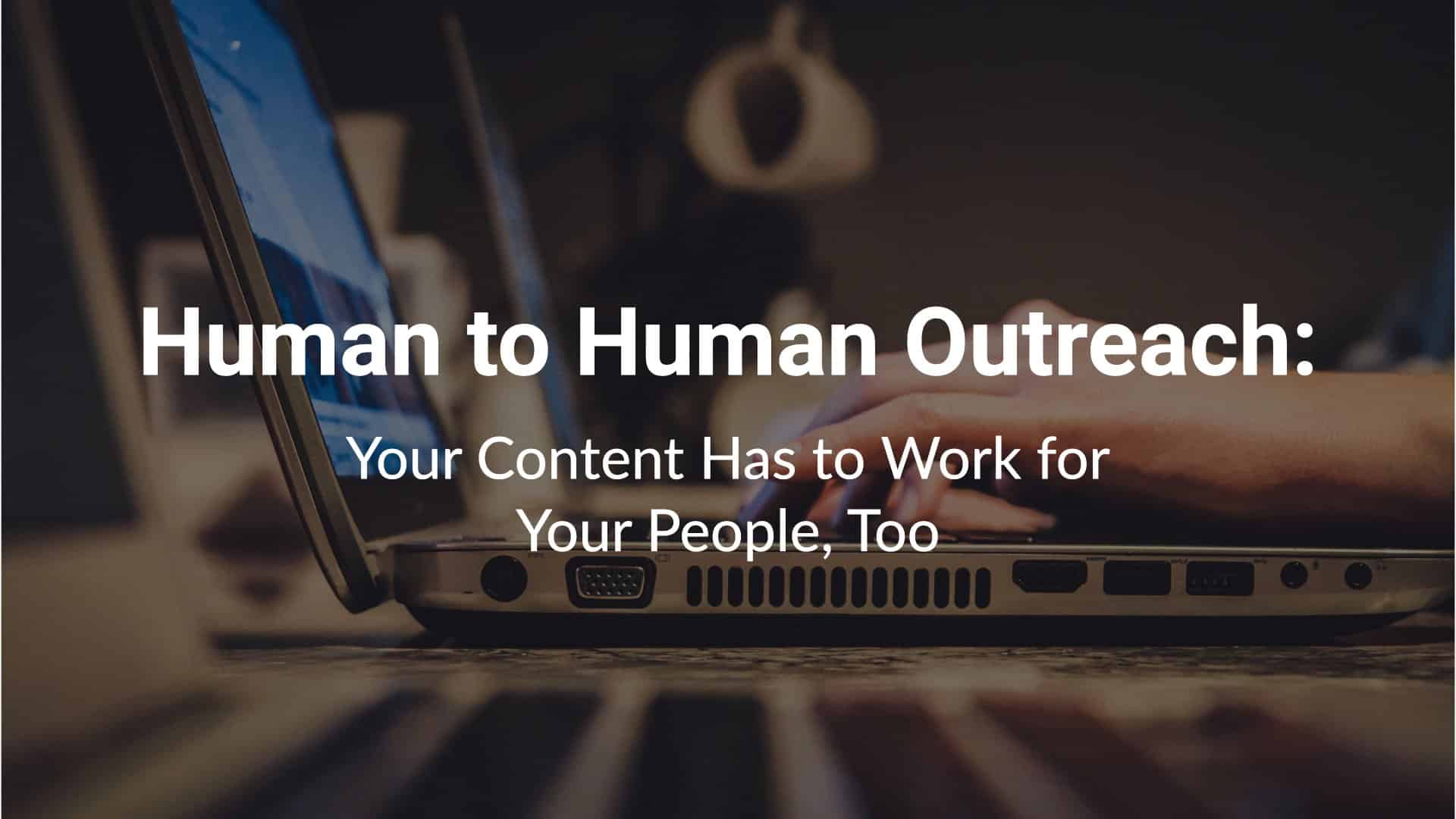Customer experience may be the most critical aspect to your company’s success … but not all customers are external.
Recently a long-time client reached out to me for help with a new project. “We hired [a big-name agency] to write these sales outreach email sequences for our sales team, and they hate the emails,” she told me.
I asked her how the emails were performing for the sales reps. She answered, “Okay, I guess.” In my years of experience, I’ve learned that’s code for We know they could do better, and sometimes, We are embarrassed to show you the metrics.
Always happy to help a client in need, I asked her to send me the copy from some of the existing email sequences. When I got it, it took me about two seconds to see why the sales team was pushing back.
The emails weren’t human.
They included all the right features and benefits a company like theirs should be touting — and the format and flow weren’t bad — but as conversation starters, these emails were falling … robotic.
Granted, this is an enterprise technology company selling to enterprise organizations — but on both sides of that equation there are still human beings.
It doesn’t matter if we’re talking about marketing or sales, business is still about one person solving a problem for another person.
Good sales reps — and at this company, they have really good sales reps — know this.
The reps weren’t happy about sending out those emails to their leads probably because, even subconsciously, they knew the emails wouldn’t help the relationship … and worst-case, they would hurt the relationship.
I took on the project and wrote several sales outreach email sequences for the company’s sales team to use in their business development process. Note I said wrote, not rewrote. First, my approach to writing sales email sequences is radically different from the approach of the agency that wrote the existing set. And second, I knew that the sales reps already had strong feelings about the existing emails — and I was dealing with high emotions in addition to emails that weren’t working as well as they could.
You see, I had two customers in this situation: the end customer and the sales team.
First and foremost, these sales sequences needed to connect and nurture the relationship with the end customers.
But equally as important, these sales sequences needed to feel good to the sales team. The reps needed to feel like they could put their names on these emails proudly, send them out, and manage the responses in a way that moved the customer relationship forward.
To do this, I …
- Kept the emails shorter
- Imagined I was a sales rep reaching out to a customer I really admire and want to connect with
- Wrote the emails in first person
- Kept the tone casual yet professional, avoiding both heavy jargon and slang
- Included anecdotes about real customers the company has helped
- Started with an easy, low-commitment request in the first email (e.g. “As you explore our solution, you may have questions — so here’s my personal phone number to call me directly. I’m happy to help.”), then over the course of each sequence I worked my way up to a more direct meeting request (e.g. “Would Wednesday at 3pm work okay for a 15-minute call?”)
What I didn’t do (and this goes against some of the advice you may see out there about writing sales follow-up emails):
- Write passive aggressive reply emails (e.g. “Since you didn’t respond, I assume you’re not in charge of this decision. Please forward this email to the correct person.”
- Make demands (e.g. “Get on the phone with me before you choose your solution.”)
- Dump a bunch of features and benefits into the copy (though I did weave some in where they fit organically in the context of the conversation happening in the overall sequence.)
I wrote these emails like they were being sent from one human being to another … because they were.
The result? Well, the last time I spoke with my client he said the sales reps were no longer complaining and they’ve seen a dramatic improvement in the performance of the sales outreach emails.
There are a million-and-one ways to write sales outreach emails, and my approach might be different from another consultant’s approach. My way isn’t the only way. But no matter which approach you take, remember that both the sender and the recipient of those emails are human beings — so write accordingly.
